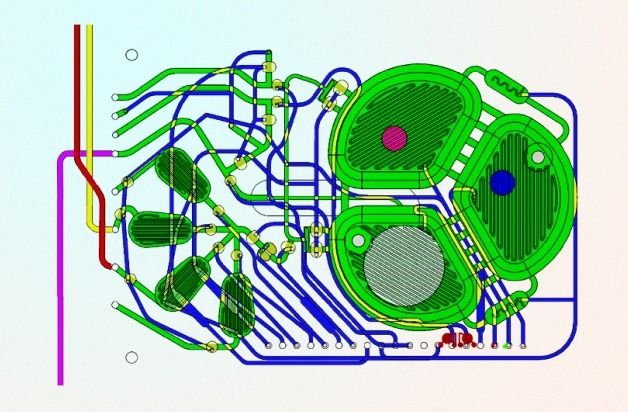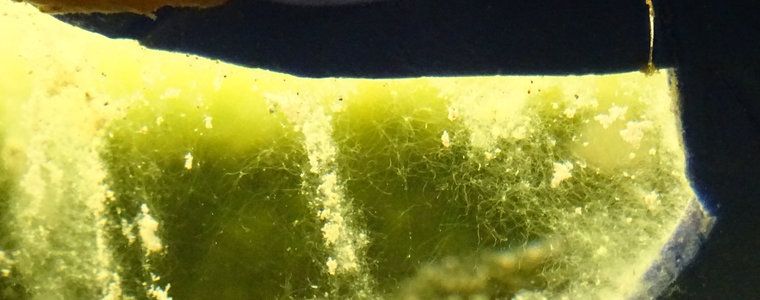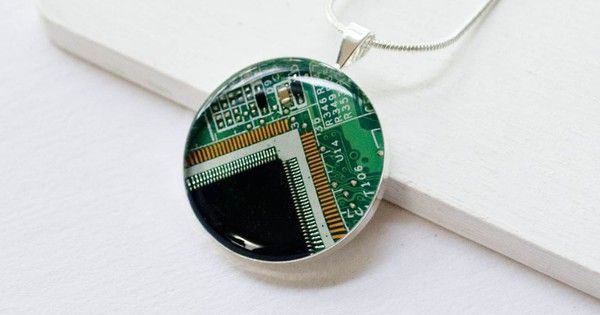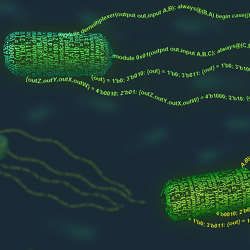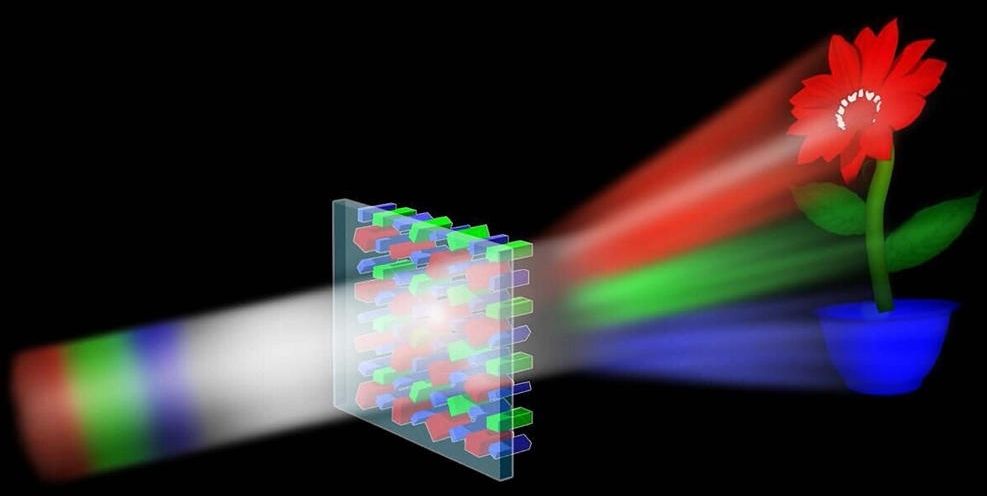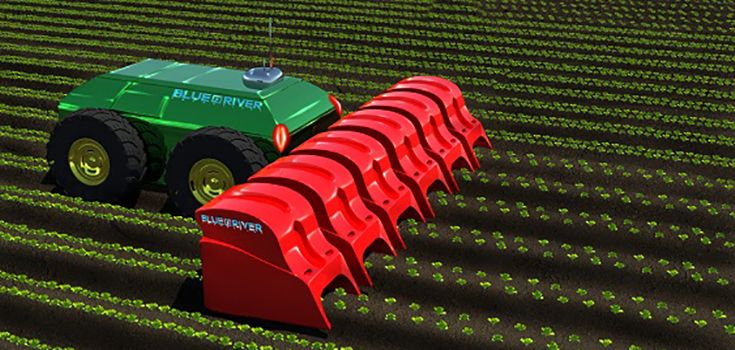Page 11272
Jul 29, 2016
Why NASA Astronauts Just Spent A Week Living In A Cave
Posted by Karen Hurst in category: space
Jul 29, 2016
The Double-Slit Experiment That Blew Open Quantum Mechanics
Posted by Karen Hurst in categories: particle physics, quantum physics
Jul 29, 2016
Portable bioreactor from MIT produces medications, vaccines on-demand
Posted by Karen Hurst in categories: bioengineering, biotech/medical, genetics
A new method for medicine.
Imagine a cross between one of those multi-color retractable pens and an epi-pen. But instead of colors, the device would have different medications. Now combine this with a tiny, droplet-sized sweatshop full of obedient single-celled organisms genetically engineered to produce those medications, and you’ve got what a team from MIT just published in Nature Communications: A new project, with funding from DARPA, that has demonstrated the ability to synthesize multiple medications on-demand and as-needed using yeast. The discovery could soon revolutionize our ability to deliver medicine after natural disasters or to remote locations.
Let’s stick with the metaphor of an epi-pen. First, the user presses the actuator, which mixes a chemical trigger into a culture of engineered Pichia pastoris cells. Upon exposure to certain chemical triggers, the cells are programmed to produce a protein: in the report, the team used estrogen β-estradiol, which caused the cells to express recombinant human growth hormone (rHGH), and also methanol, which induced the same culture of yeast to make interferon. By controlling the concentration of the chemical trigger and the population of P. pastoris, the team demonstrated that they could make their device produce a dose of either interferon or rHGH on command. To switch between products, they just pushed another button on the microbioreactor, which flushes out the cell culture with clean, sterile fluid.
Continue reading “Portable bioreactor from MIT produces medications, vaccines on-demand” »
Jul 29, 2016
Smart bricks will transform how buildings work
Posted by Karen Hurst in categories: computing, engineering, habitats, sustainability
Smart bricks capable of recycling wastewater and generating electricity from sunlight are being developed by a team of scientists from the University of the West of England (UWE Bristol). The bricks will be able to fit together and create ‘bioreactor walls’ which could then be incorporated in housing, public building and office spaces.
The UWE Bristol team is working on the smart technologies that will be integrated into the bricks in this pan European ‘Living Architecture’ (LIAR) project led by Newcastle University. The LIAR project brings together living architecture, computing and engineering to find a new way to tackle global sustainability issues.
The smart living bricks will be made from bio-reactors filled with microbial cells and algae. Designed to self-adapt to changing environmental conditions the smart bricks will monitor and modify air in the building and recognise occupants.
Jul 29, 2016
Intricate geek chic jewelry is made from recycled electronic circuit boards
Posted by Karen Hurst in category: futurism
Want to have that circuit board as a necklace, bracelet, or ring; well now you can.
The complex little patterns of old circuit boards are highlighted in this lovely handmade collection of jewelry for men and women.
Jul 29, 2016
High-efficiency color holograms created using a metasurface made of nanoblocks
Posted by Shailesh Prasad in category: futurism
(Phys.org)—By carefully arranging many nanoblocks to form pixels on a metasurface, researchers have demonstrated that they can manipulate incoming visible light in just the right way to create a color “meta-hologram.” The new method of creating holograms has an order of magnitude higher reconstruction efficiency than similar color meta-holograms, and has applications for various types of 3D color holographic displays and achromatic planar lenses.
The researchers, Bo Wang et al., from Peking University and the National Center for Nanoscience and Technology, both in China, have published a paper on the new type of hologram in a recent issue of Nano Letters.
The pixels on the new metasurface consist of three types of silicon nanoblocks whose precise dimensions correspond to the wavelengths of three different colors: red, green, and blue. To enhance the efficiency for the blue light, two identical nanoblocks corresponding to the blue light are arranged in each pixel, along with one nanoblock for red light and one for green light.
Continue reading “High-efficiency color holograms created using a metasurface made of nanoblocks” »
Jul 29, 2016
New Automation Technologies are Revolutionizing Farming
Posted by Shailesh Prasad in categories: biotech/medical, food
Should all new technologies be used?
At the head of all this you will hear about the latest technology from the biotech world, such as CRISPR, that allows scientists to edit the very genome of a plant or animal, but not all technologies that can be used should be used.
While learning to grow massive quantities of organic food in urban landscapes without pesticides is great news, taking away human oversight from farming isn’t necessarily going to make our food better.
Continue reading “New Automation Technologies are Revolutionizing Farming” »

There are 110 million active landmines in the world. This drone is detonating them, one by one: http://kck.st/29RtcCo



